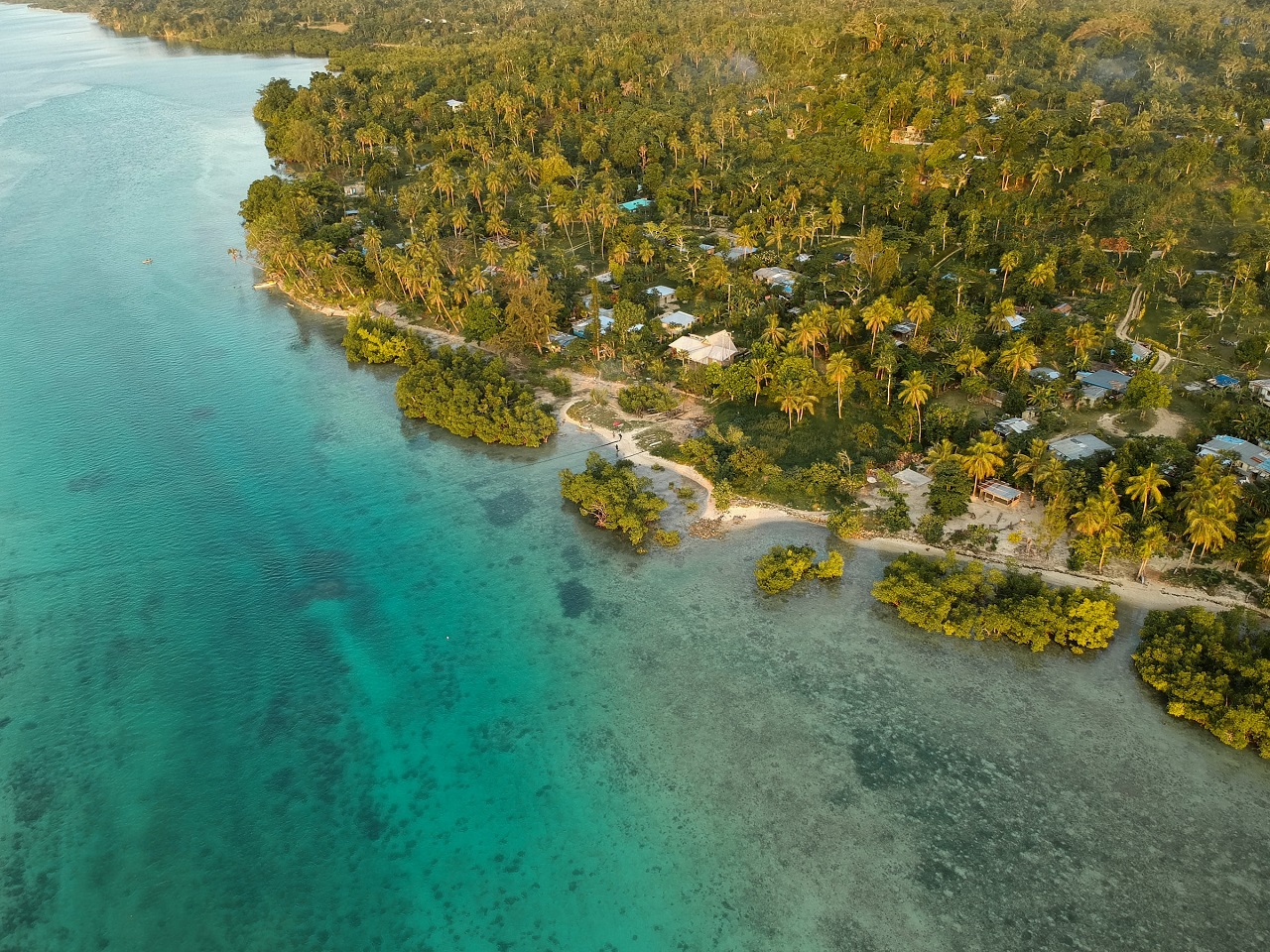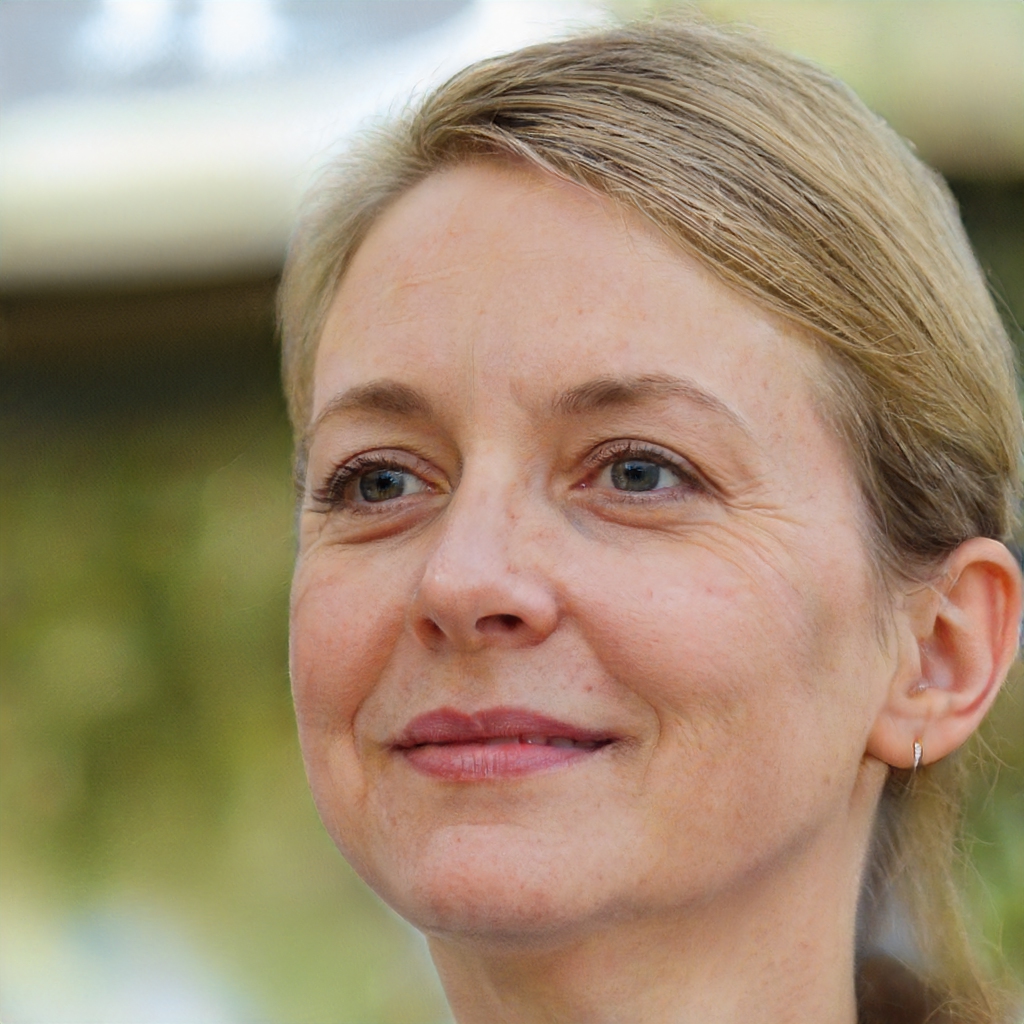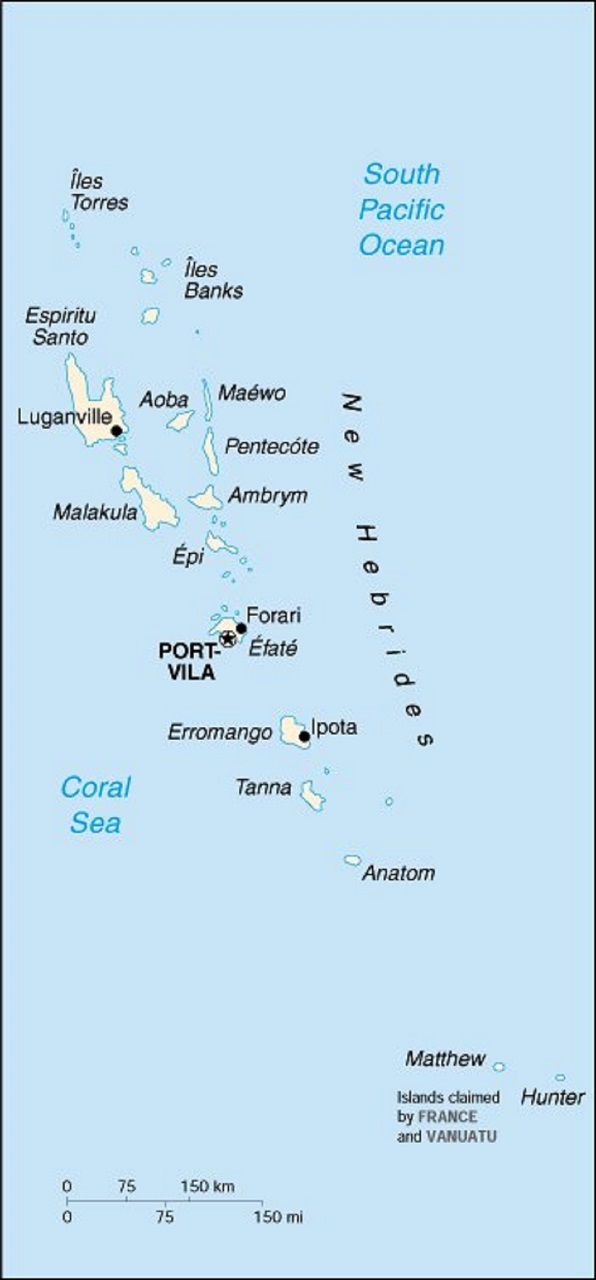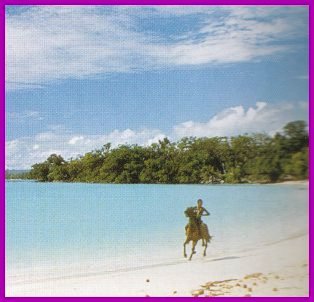Vanuatu - A Tropical Paradise Scattered In The Pacific Ocean
Like jewelry pieces gleaming under sun and floating in the Pacific, Vanuatu is an archipelago composed of over 80 islands. It’s rich both in history and marine life.
Author:Jane RestureNov 17, 202394.7K Shares1.2M Views

Only three and a half hours from Sydney, Australia, Vanuatumeans “the land that has always existed.”
It’s made up of 83 islands formed in a Y-shaped archipelago, which stretches over some 800 kilometers of the Pacific Ocean, half way between Australia and Hawaii.
Formerly called the New Hebrides, Vanuatu is a mecca for those who love diving.
The waters surrounding these beautiful islands provide some of the most spectacular and varied underwater exploration in the South Pacific.
No wonder that experienced divers come from all over the world to swim amongst the World War II wrecks, which lie scattered over the seabed.
Capital And Major Centers
British explorer Captain James Cook (1728-1779) chartered the Vanuatu archipelago in 1774, which he named the New Hebrides.
Unfortunately, he ignored the island of Efate, and, thus, missed discovering one of the world’s most beautiful deep-water harbors.
Today, Efate offers safe anchorage to those who visit the capital, Port Vila, by boat.
There’s also the Bauerfield International Airport, which is ten minutes from the capital. Thus, Port Vila is the gateway to Vanuatu and offers visitors a wealth of tourist activities.
Free of skyscrapers, the town is set within a magnificent natural harbor, where hibiscus dot the surrounding hills and the air is redolent with the scent of the colorful frangipani.
A boat trip around Efate and the other island retreats all reveal a place untouched by modern civilization.
Tanna Island has almost 16,000 people who inhabit 92 villages in a 56,199-square-kilometer area. The islanders have remained relatively unchanged by a century and a half of explorers, missionaries, and traders.
Pentecost Island is a beautiful unspoiled place. It’s home to a spectacular ritual, the Pentecost Jump.
Espiritu Santo is the largest and oldest island, with the biggest population and the greatest number of natural sights.
The movie South Pacific (1958)was inspired by this island, and the inspiration behind the fictitious island of Bali Hai in that film was Ambae, an island in Vanuatu located to the east of Espiritu Santo.
The People
Predominantly Melanesian, the people in Vanuatu speak:
- English
- French
- Bislama (a form of pidgin)
The ethnic group ni-Vanuatu (literally: “of Vanuatu”) has populated these islands for centuries.
With more than 105 distinctly different cultures and languages still thriving, Vanuatu is recognized as one of the most culturally diverse countries in the world.
History
The first European to visit the shores of Vanuatu was Portuguese navigator Pedro Fernandez de Queirós (Fernandes de Quiros), who landed at Big Bay in Espiritu Santo in 1606.
The French explorer Louis Antoine de Bougainville (1729-1811) arrived almost 160 years later.
In 1839, English missionary John Williams (1796-1839) attempted to impose western ways and Christianity on the ni-Vanuatu.
He failed and met a horrible end: the cannibals in the island of Erromango clubbed him to death and ate his corpse.
The locals had no defenses against the slave traders, known as blackbirders, who shanghaied more than 40,000 people to work on the sugar plantations in Australia.
In the 1860s, British and French interests purchased huge tracts of land for cotton plantations.
The ni-Vanuatu retaliated by killing several Europeans, only to suffer extensive naval bombardment of their villages.
The French and British jointly colonized the islands in 1906.
During World War II (1939-1945), the 250,000 Americans stationed in Vanuatu brought in enormous amounts of cargo, which led the ni-Vanuatu to believe that such vast wealth could only have come from the gods.
The New Hebrides gained independence in July 1980 and was renamed Vanuatu.
Nature
Vanuatu has lush tropical rainforests, volcanoes, sparkling blue lagoons, cascading waterfalls, and beaches that range from silky white to volcanic black.
Surrounding the land is a magic sea of aqua and dark blues, with a fascinating underwater world of colorful tropical fish that live amongst magnificent coral and reel formation.
The Sights
Port Villa offers a range of resorts and scenic bus tours, island cruises, and flights around the archipelago.
Away from the capital, tourists can have the wonderful opportunity to visit villages, bathe in hot mineral springs, and shower beneath sparkling waterfalls.
In Espritu Santo, visit major plantations growing cocoa, coffee, and coconuts, and explore the world’s most accessible liner, the SS President Coolidge, wrecked in Santo Harbor.
There’s so much to see and appreciate in Vanuatu!

Jane Resture
Author
Since she embarked on her first world trip in 2002, Jane Resture spent the past decades sharing her personal journey and travel tips with people around the world. She has traveled to over 80 countries and territories, where she experienced other cultures, wildlife she had only read about in books, new foods, new people, and new amazing experiences.
Jane believes that travel is for everyone and it helps us learn about ourselves and the world around us. Her goal is to help more people from more backgrounds experience the joy of exploration because she trusts that travel opens the door to the greatest, most unforgettable experiences life can offer and this builds a kinder, more inclusive, more open-minded world.
Latest Articles
Popular Articles

